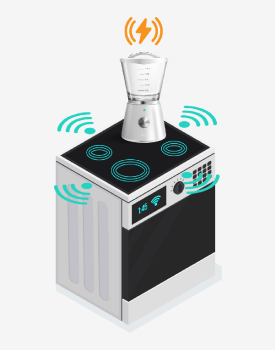Product Architecture
Circuit Simulation | Performance POC
I/O Specification | UI Mock-Up
MCU Selection | Class A Components
SW Module Interfacing
Hardware Design
Schematic Design | PCB Layout
Hi-speed Design | Low Power Design
BOM Identification | BOM Optimization
Prototype & Non-Form-Factor Design
Production Ready Design
Software Development
Linux | RTOS | Baremetal
SOC Software | MCU Firmware
BSP | SDK | Application
Connected Mobile Application
Connected Cloud Solution
Product Testing
Automated Test Suite | Simulator
Conformance Testing | CE/FCC/UL
WhiteBox Testing | BlackBox Testing
Static & Dynamic Code Analyser
Code coverage | Unit Testing
Managed Mass Production
PCB Fabrication & Assembly Through CM
Sourcing & Procurement Service
Automated & Manual QC
Testjig Automation
Packaging & Shipping
Product Maintenance
Alternate Component Identification
BOM Optimisation | NextGen Product Dev.
R&M Of Product | Fixing Of Field Issues
Feature Enhancement | Release Mgmt.
Embedded Product Engineering
An Extended Team To Build Your Customized Embedded Product
| One Stop Solution !
We Execute Turn-Key Projects For Customized Embedded Products

| Domains we are transforming !
Happy to build your innovative product leveraging our domain expertise
| Industry We Serve !
Our industry-ready engineers excited to solve a real-time problems
| Key Competency Map
Our Competency will reduce your risk
High Speed Design || Analog Design || Mixed Signal Design || Prototype Manufacturing || Enclosure Integration || Pre-Compliance || Certification || Mass Production || Product R&M
Bare Metal || RTOS || Embedded Linux || BSP Development || SDK Development || Application Development || Platform Porting || Product SW Support
Test Plan || Test Scenarios || Test-Bench || Test-Jig || Test Execution || Automation Framework || Automated Testsuite || Simulator Development || Instrument Automation
iOS App || Android App || Hybrid App|| Frontend Engineering || Backend Engineering || Cloud Micro Services || Cloud Analytics || Amazon AWS || Microsoft Azure || Google Cloud
| Testimonials
See what customers say about our engineering services
| Case Studies
Engineering marvels we delivered to market
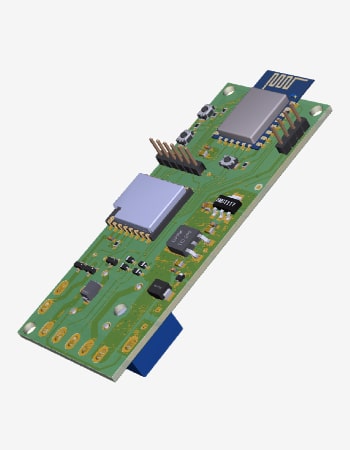
LoRa Enabled DMX Controller

Cloud Based BMS Monitoring for the Commercial Vehicle

Micro-object Detection Using 18 Mega Pixel Camera Sensor
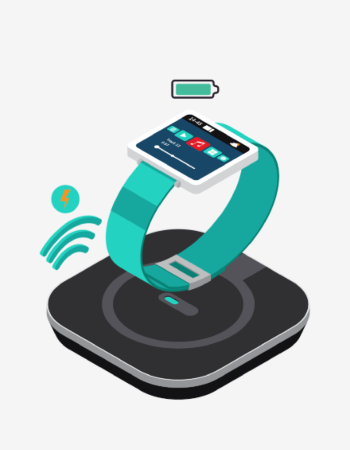
Wireless Charging Battery Pack For Wearable Wrist Band

ANC+CVC Enabled Bluetooth 5.1 Neckband
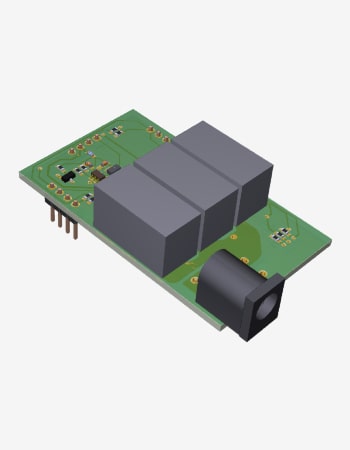
Multichannel High Precision Low Current Sense Meter

Industrial IOT - Modular Digital Pressure Measurement Device
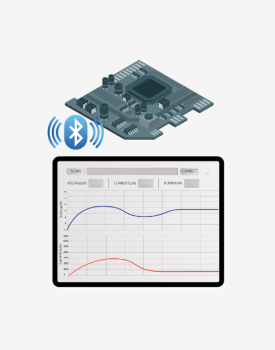
Custom Low Current & Voltage Measurement Platform
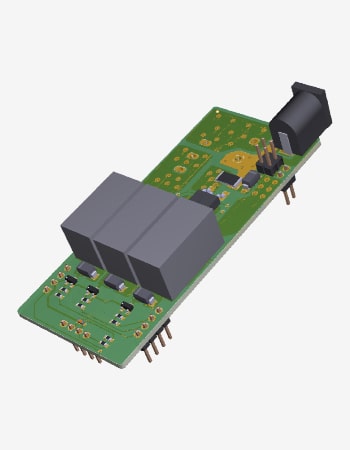
Multichannel High Precision Low Current Source Generator
